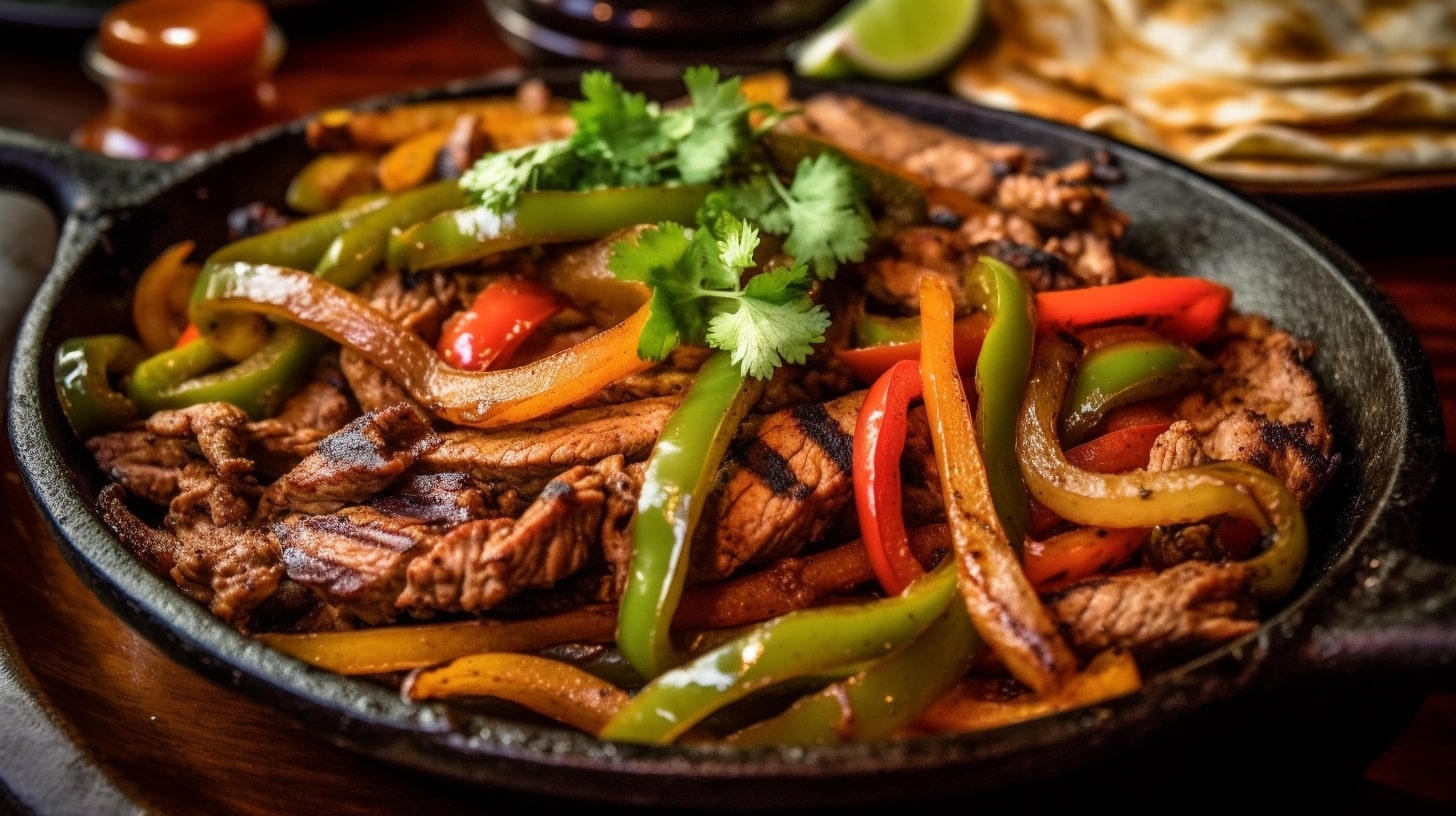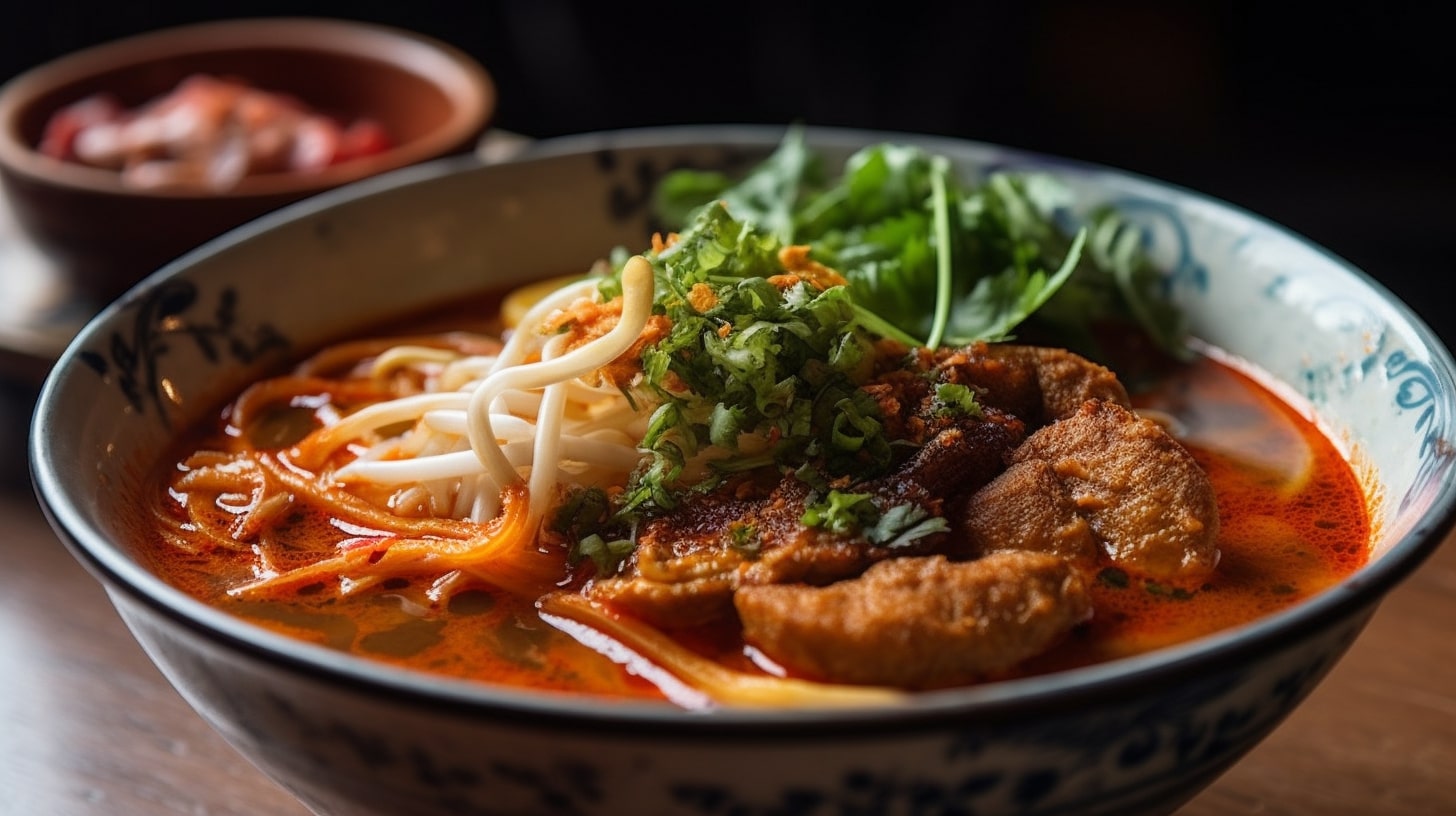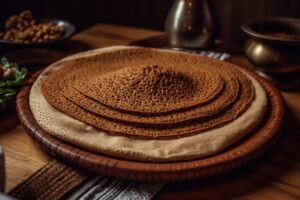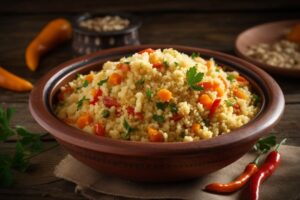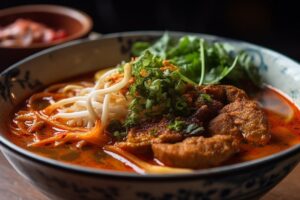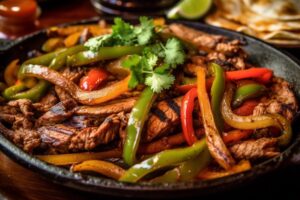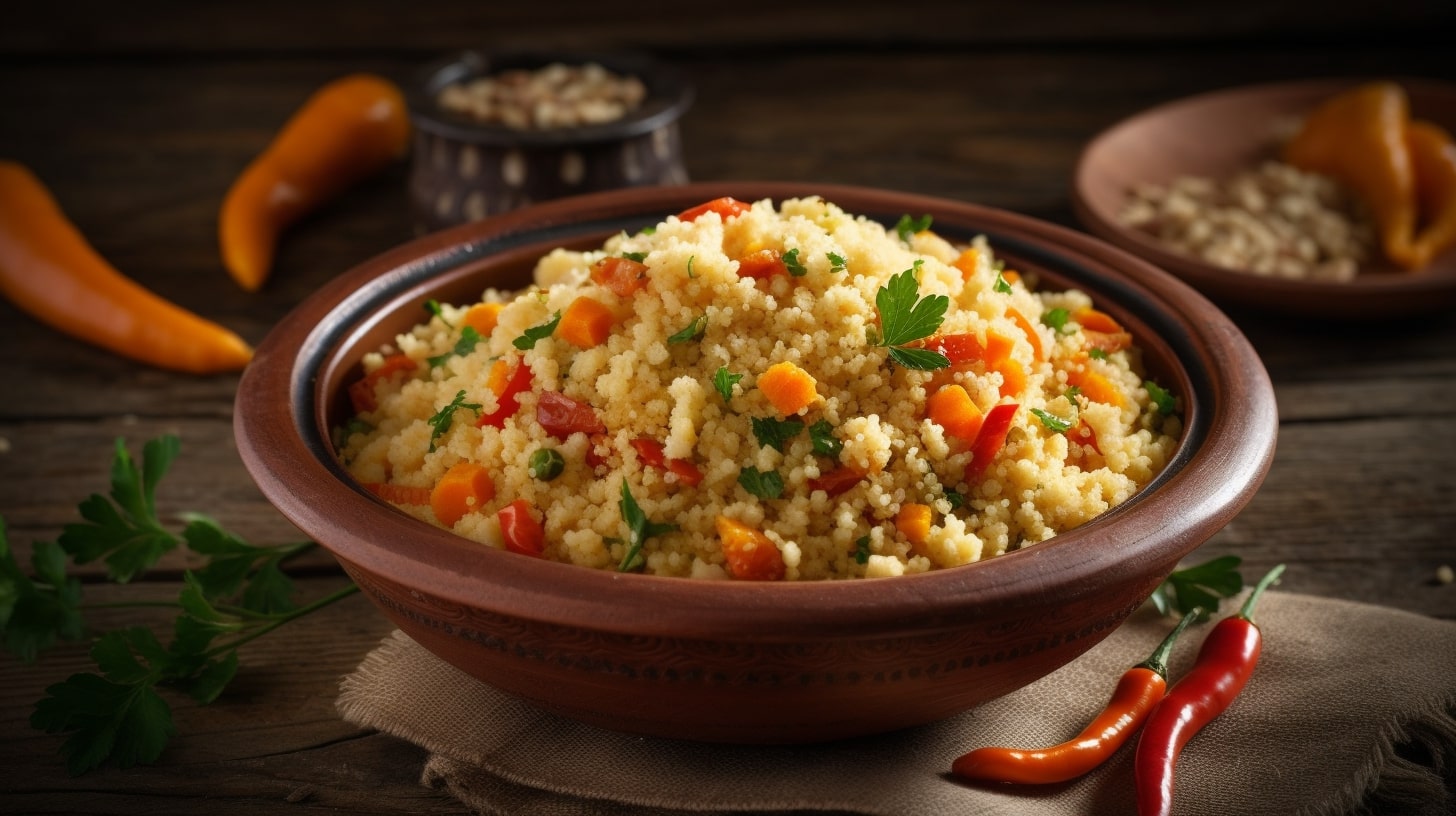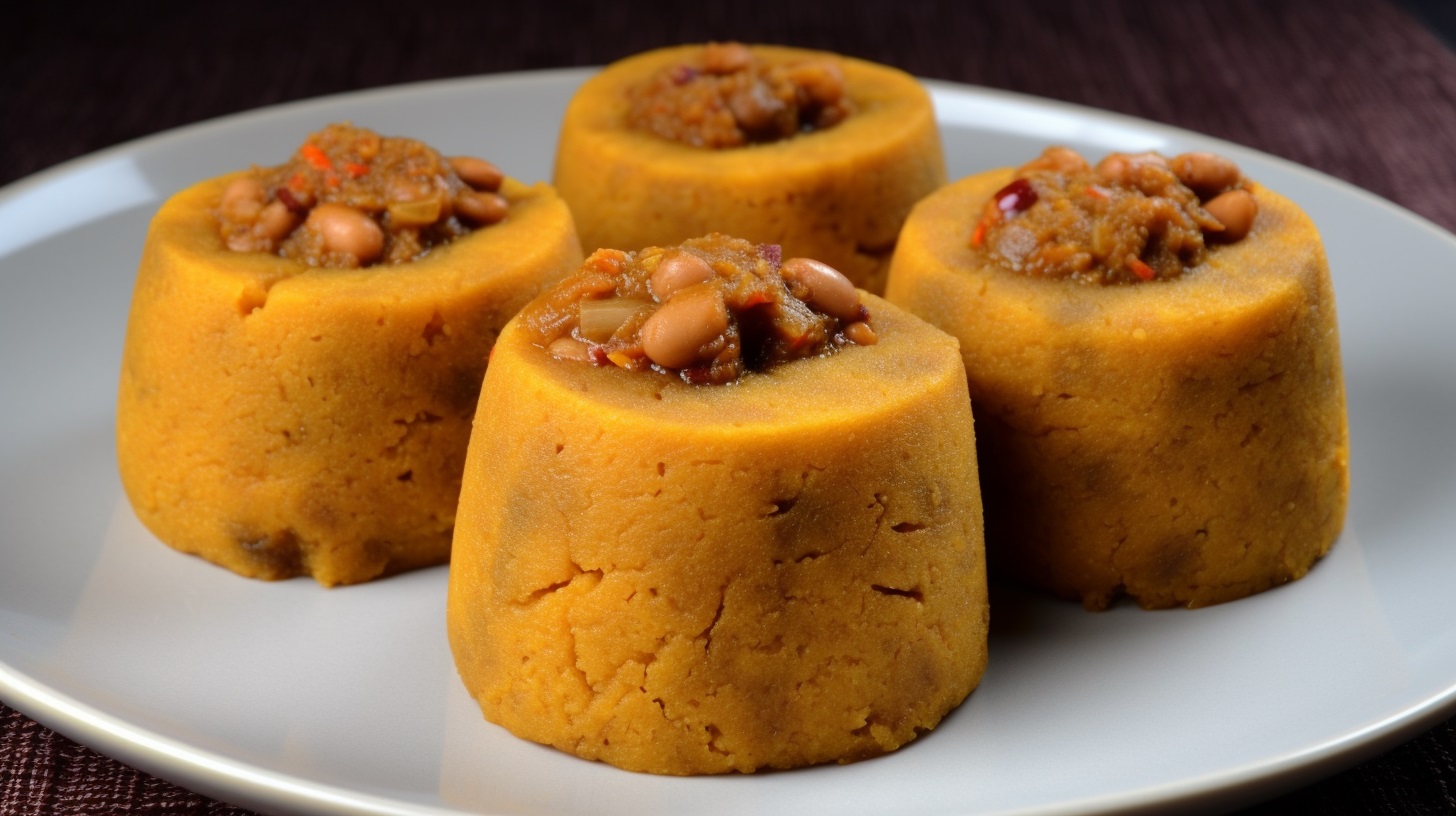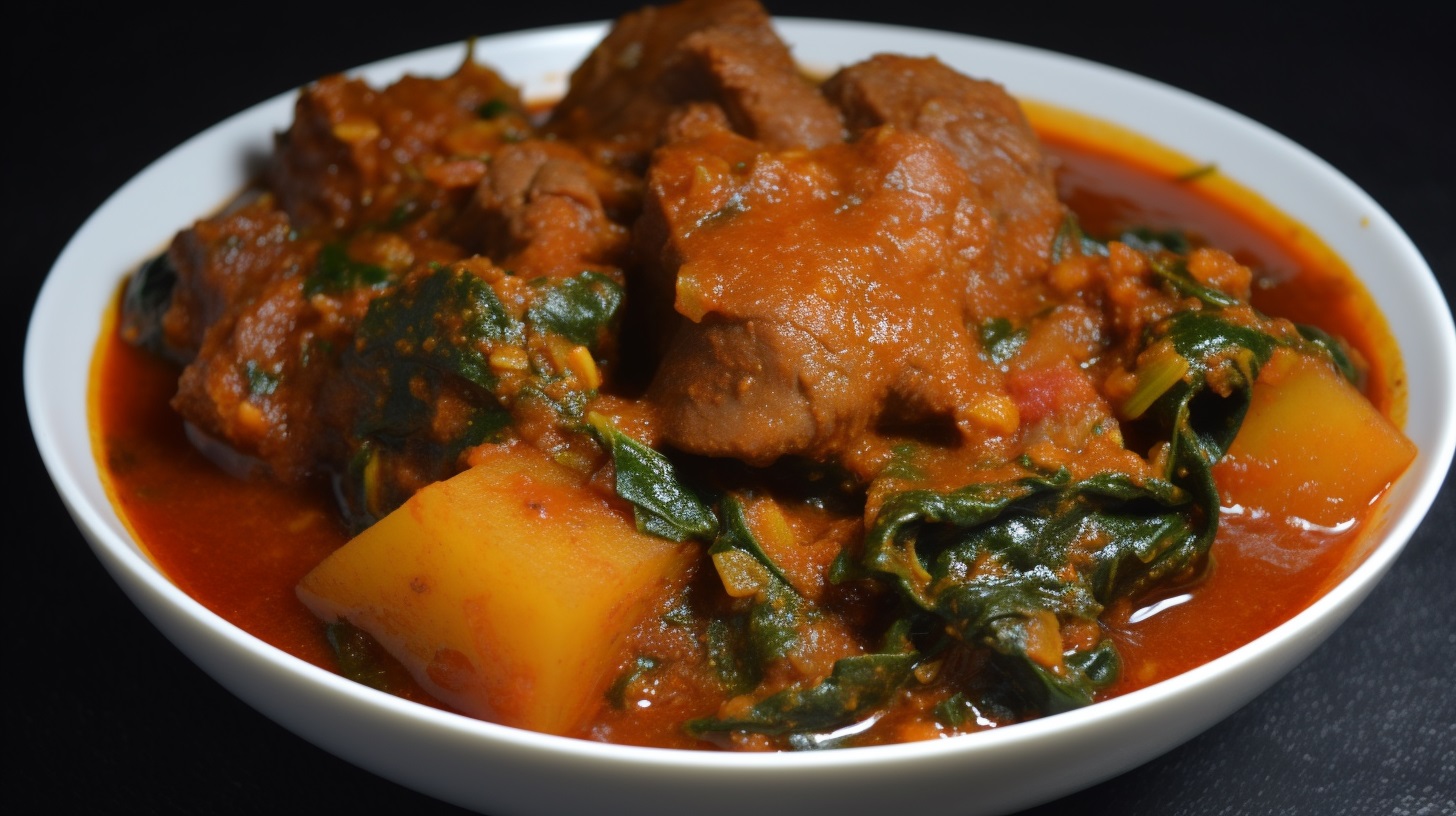Exploring the Essence of Fufu
Fufu, a culinary treasure of Africa, holds a special place in the hearts and palates of many across the continent. This beloved dish represents more than just a meal—it reflects the rich cultural heritage and traditions passed down through generations.
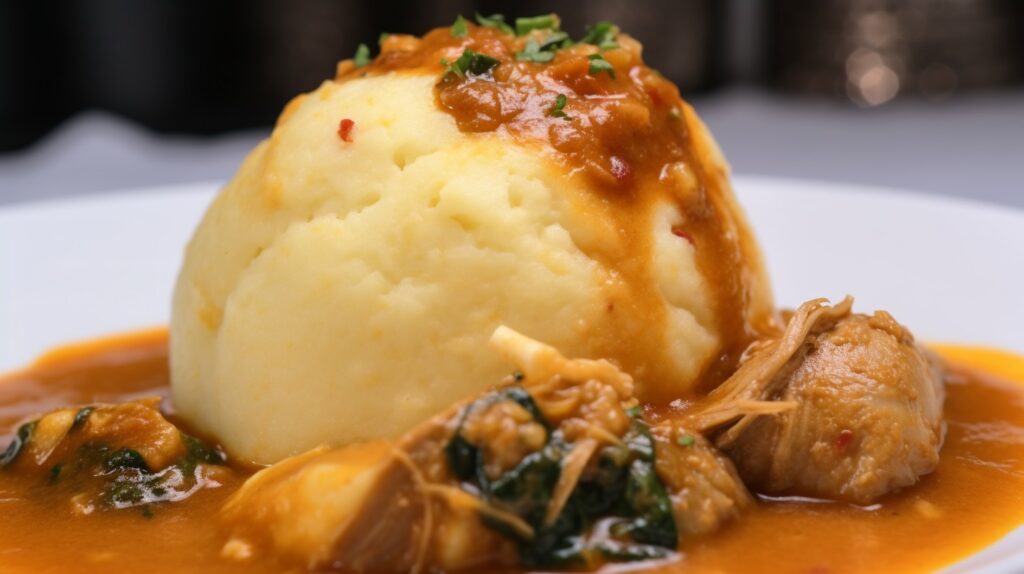
The Making of Fufu: A Culinary Ritual
1. Cassava and Plantain: The Dynamic Duo
It typically consists of two primary ingredients: cassava and plantain. These starchy treasures are essential in creating the distinct texture and flavor that define fufu. The cassava provides a smooth and elastic consistency, while the plantain adds a subtle sweetness to the dish.
2. Preparation: A Labor of Love
The process of making fufu involves dedication and patience. The cassava and plantain are peeled, boiled until tender, and then pounded in a large mortar and pestle. This labor-intensive method requires skill and strength to achieve the desired smoothness and elasticity.
3. Serving: An Artistic Presentation
It is traditionally served in rounded portions, accompanied by a variety of flavorful soups or stews. These can include okra soup, groundnut soup, or palm nut soup, among others. It serves as a versatile canvas, allowing the vibrant and aromatic soups to meld harmoniously with its taste and texture.
The Cultural Significance of Fufu
It extends beyond its role as a delicious meal. It symbolizes unity, community, and celebration within African culture. It is often prepared and enjoyed during festive occasions, family gatherings, and important ceremonies. Sharing a meal of fufu fosters a sense of togetherness and strengthens the bonds of family and community.

Embracing the Flavors of Africa
Fufu, with its unique taste and cultural significance, invites us to embark on a culinary journey through the vibrant landscapes of Africa. It is a dish that represents tradition, heritage, and the art of bringing people together over a shared love of food.
